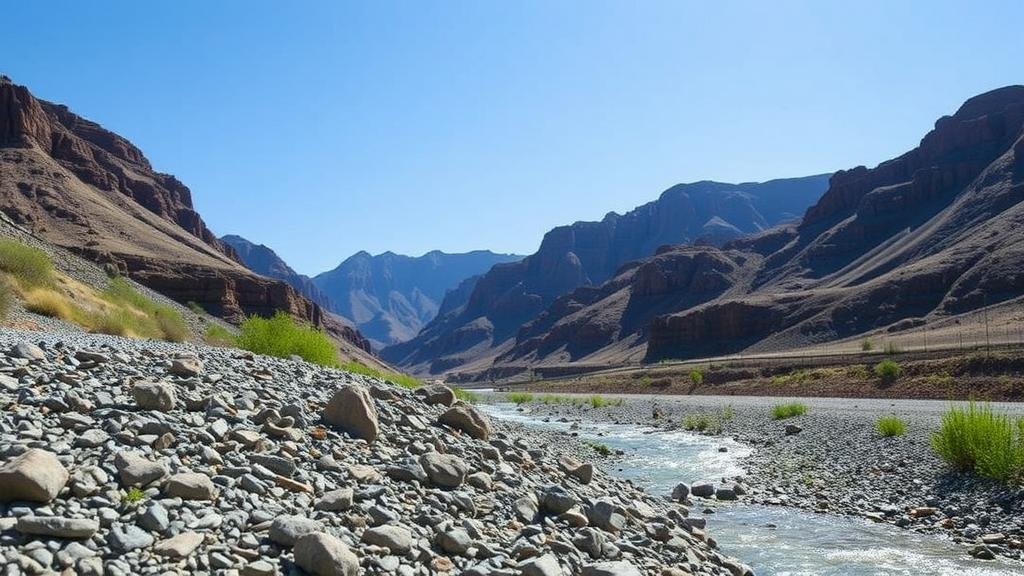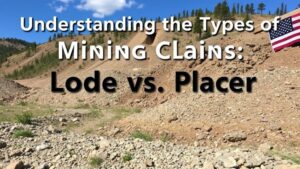Recognizing Pay Layers in Gravel Pockets Along Riverbanks
Recognizing Pay Layers in Gravel Pockets Along Riverbanks
The study of gravel pockets along riverbanks has significant implications for both ecological preservation and resource extraction. Understanding pay layers–stratified deposits of gravel that contain economically viable amounts of materials such as gravel and sand–can inform both environmental management and commercial endeavors. This article delves into the identification and significance of these geological features.
Definition of Gravel Pockets
A gravel pocket is a naturally occurring aggregation of gravel characterized by varying sizes and shapes. e pockets often form as a result of fluvial processes, where the rivers flow deposits sediments in areas where the water slows down, such as behind or around bends. Recognizing pay layers in these pockets is crucial for identifying locations that may have valuable resources.
Formation of Pay Layers
Pay layers within gravel pockets develop due to a combination of hydrological and sedimentological factors. The primary mechanisms include:
- Abrasion and Erosion: Over time, water flow erodes land and carries sediments downstream, concentrating gravel in specific areas.
- Deposition: As the river slows in velocity (e.g., in bends or at confluences), it drops heavier materials, forming layers.
- Sorting: Natural processes sort particles by size, which allows pay layers to develop distinct stratification based on material quality.
An example of this can be seen in the Missouri River, where the confluence with smaller tributaries creates distinct gravel pockets containing high-quality aggregates, making it a target for mining operations.
Identifying Pay Layers
Recognizing pay layers in gravel pockets involves several geological assessments:
- Field Surveys: Conducting systematic surveys to document sediment characteristics, thickness of layers, and the composition of materials.
- Geophysical Techniques: Utilizing methods such as ground-penetrating radar (GPR) can help visualize subsurface layers without extensive excavation.
- Core Sampling: Drilling and extracting core samples to analyze mineral content, grain size, and layer continuity can provide definitive evidence of pay layers.
For example, the use of GPR has been effective in identifying gravel deposits in the Paraná River Basin in South America, where variations in stratification indicate the presence of economically viable gravel resources.
Economic and Environmental Implications
The recognition of pay layers in gravel pockets is not just an academic exercise; it has real-world applications that impact local economies and ecological health:
- Resource Management: Understanding pay layers aids in sustainable extraction practices, ensuring that gravel mining does not lead to ecological degradation.
- Habitat Preservation: Identifying and protecting key gravel pockets can help maintain biodiversity, as these areas often serve as spawning grounds for fish and habitats for other wildlife.
- Land-use Planning: Data on gravel resources can inform regulations and zoning for construction projects, thereby balancing economic benefits with environmental stewardship.
Conclusion and Actionable Takeaways
Recognizing pay layers in gravel pockets along riverbanks is essential for effective environmental and resource management. By employing a combination of field surveys, geophysical techniques, and core sampling, stakeholders can discern valuable gravel deposits while ensuring the health of riverine ecosystems.
To maximize the benefits and minimize the impacts of gravel extraction, professionals in geology, ecology, and urban planning should collaborate. Shared data and best practices can foster sustainable practices that honor both economic interests and ecological integrity.



